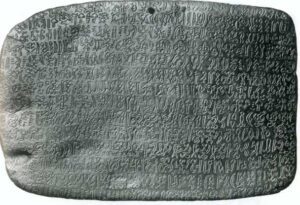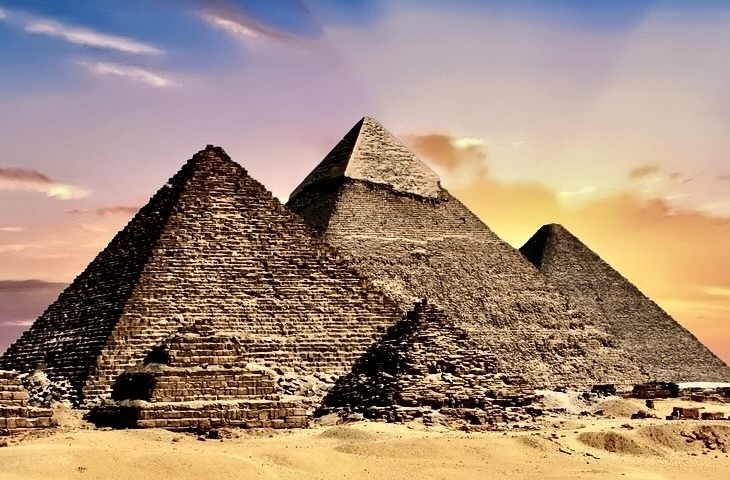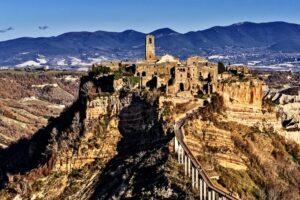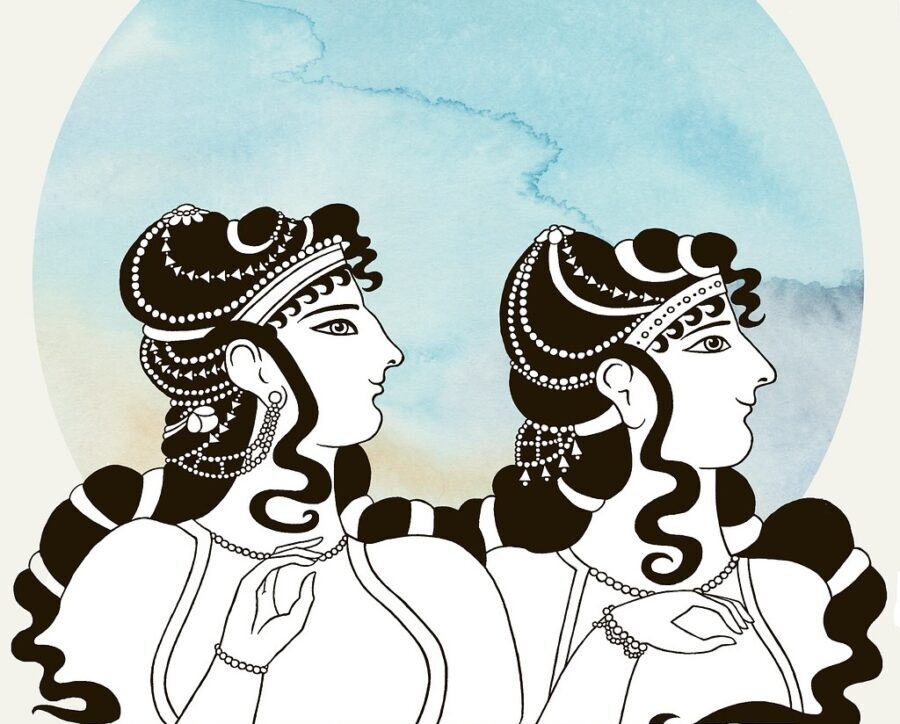
I never expected to make a meaningful contribution to one of the world’s last undeciphered writing systems—especially not over a single weekend. But sometimes, curiosity grabs hold of you, and before you know it, you’re completely consumed by a mystery that refuses to let go.
It was a regular Friday night. I was unwinding, scrolling through a few things online, when something sparked a memory—the Rongorongo tablets of Easter Island. I remembered reading about them years ago, and how nobody had cracked their meaning. That thought just stuck. No Rosetta Stone. No living tradition. Just intricate glyphs carved into ancient wood, waiting.
I’ve always loved learning about ancient human history, especially the things that are still unanswered. I look at it like this: if there’s a theory about why something might be the way it is, and there’s even a small chance it can be proven or disproven with just a little effort, I’m going to give it a shot. This was my first time seriously trying something like this.
Out of curiosity, I pulled up some high-resolution images and started reading about the clues researchers had already uncovered—especially on the Mamari Tablet, or Text C, which is one of the most complete examples we have. That’s when I came across Line 9. I read that it had 30 repeating glyph sequences. Some scholars believed this line might represent a calendar, maybe even a lunar one, but nothing was definitive. Others noted glyphs that resembled crescents, counts that suggested structure, or placement that hinted at timekeeping—but no one had locked it down.
I zoomed in and started staring at those glyphs myself. The repetition felt deliberate, and the sequence had a clear structure to it. I started cross-referencing the glyphs with known lunar night names and reading more about how Polynesian cultures organized their time around lunar cycles. That’s when a possibility started forming—what if this wasn’t just a random line of glyphs, but a sidereal calendar based on the stars, not the moon’s phases? It felt like something worth chasing.
So I went all in. I spent that weekend doing nothing else. I compared glyphs, chased down clues, and with the help of AI-assisted pattern recognition, I started seeing connections. Line 9 looked like it was mapping out a 13-moon sidereal calendar that started on the summer solstice. Then I looked at Line 8—and sure enough, I started seeing patterns that echoed the same structure.
By Sunday night, I had something real. Not a full translation, but a theory built on cultural logic, repeated glyphs, and calendar alignment. I wanted to share it, to put it out into the world. I tried a couple of academic publishing sites—they didn’t load or wouldn’t take the file. So I went with Zenodo. It was simple, credible, and got the job done. I uploaded the paper on June 1, 2025, got a digital object identifier, and figured that was the end of it.
Then the email came. The Easter Island Foundation had seen my work. The president—Mary Dell Lucas—reached out and said they wanted to feature my findings in their official newsflash. I couldn’t believe it. Getting recognition like that from the people who actually safeguard the legacy of Rapa Nui meant everything.
I’m not claiming I’ve solved Rongorongo. Far from it. But I think I’ve found something that fits—something that makes cultural and structural sense. I welcome critique. I hope people challenge it. That’s how progress happens.
This whole experience showed me that you don’t need a grant, a lab, or a university to make a meaningful contribution. Sometimes, all it takes is a question you can’t let go of, a weekend you’re willing to lose, and the tools to follow the thread.
____________________________
This article was produced by Human Bridges.
_________________________
Cover Image, Top Left: Side b of rongorongo Tablet C, or Mamari. 30 centimeters long and 21 centimeters wide, with a total of 21 lines of signs. Chauvet, Stéphen-Charles; on-line translation by Ann Altman (2004) [1935] L’île de Pâques et ses mystères (Easter Island and its Mysteries), Paris: Éditions Tel. CC BY-SA 3.0, Wikimedia Commons




